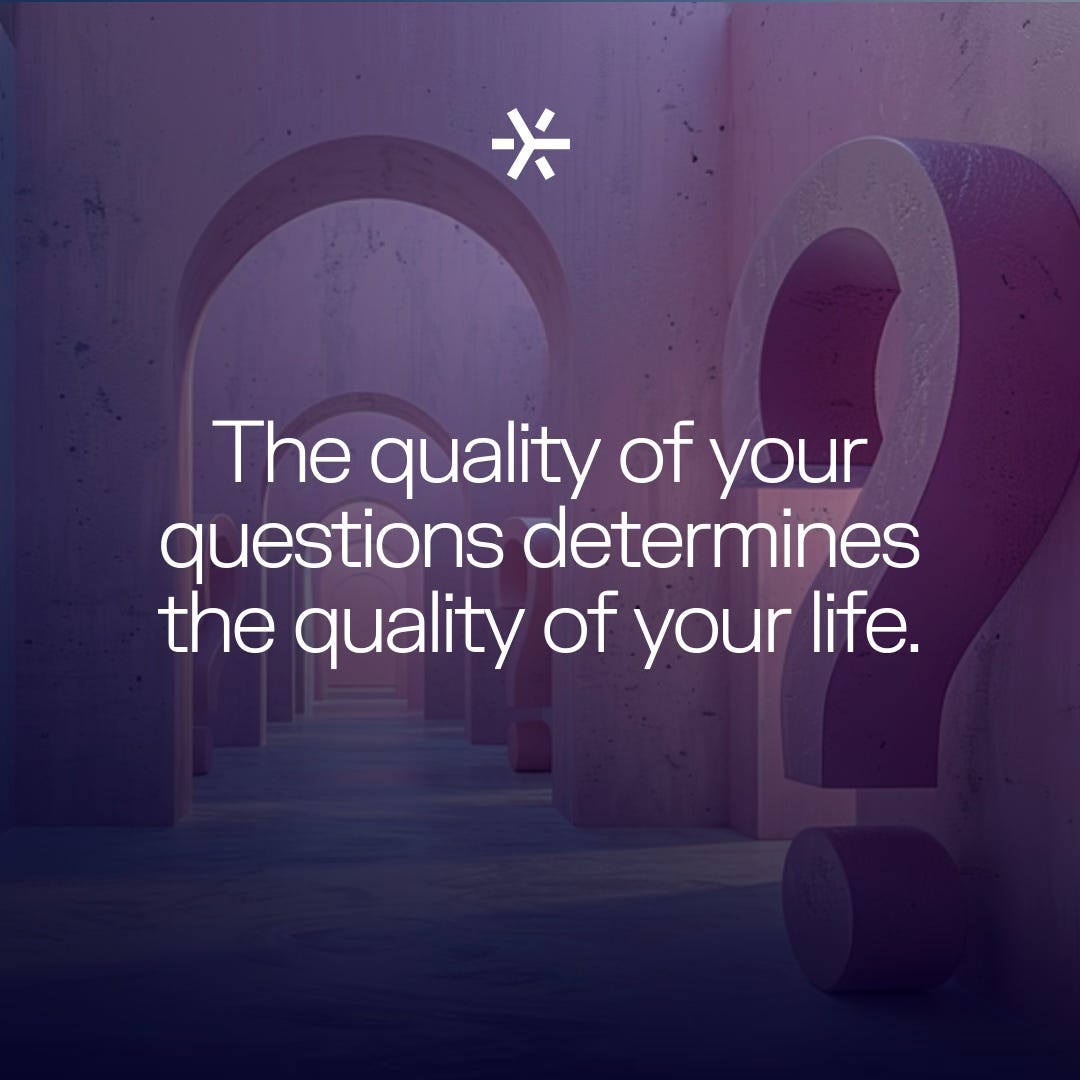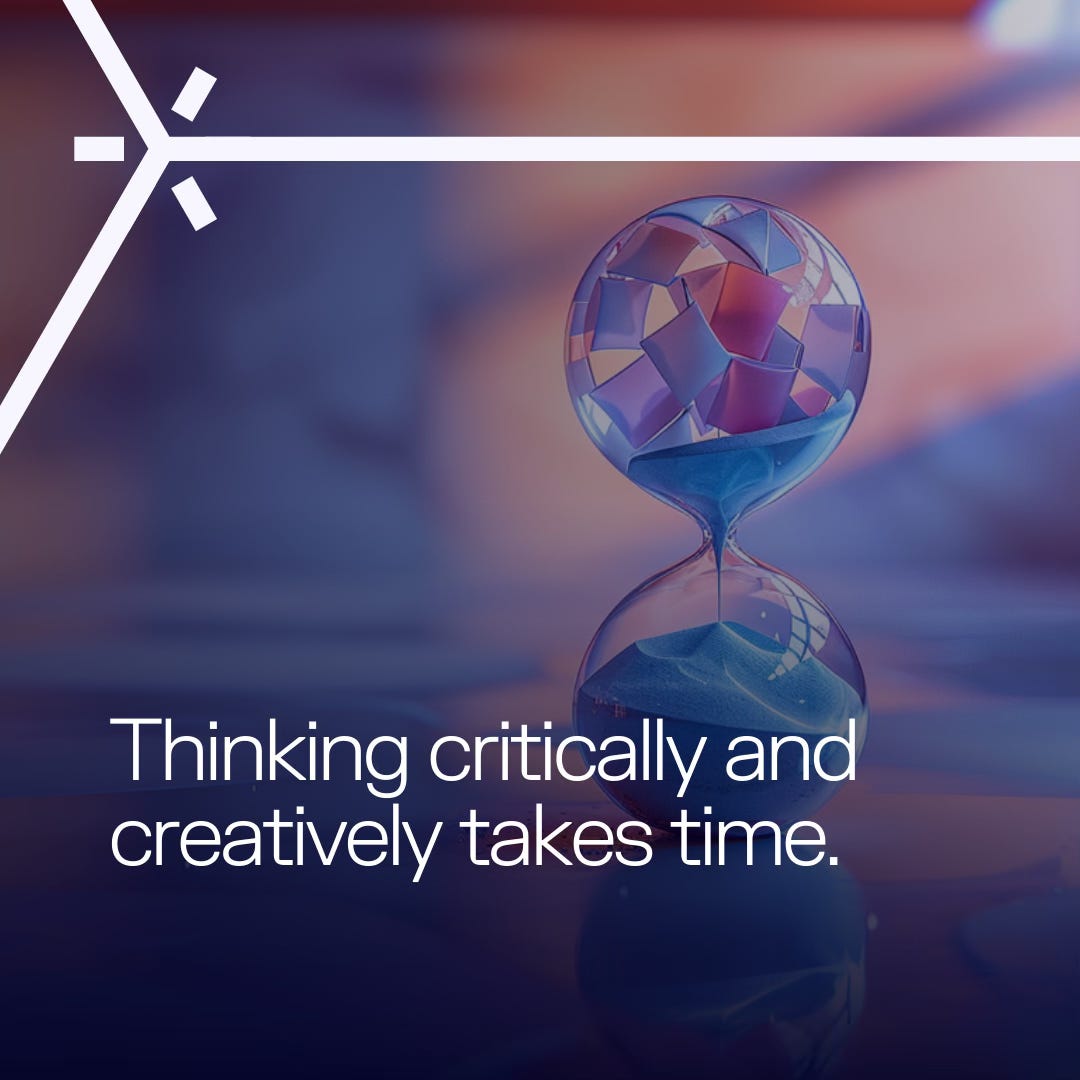“Tell me why you are frustrated.” I asked.
I could tell something was off, but I didn’t want to make an assumption.
“We don’t have a clearly defined project.” He replied.
It took me by surprise. I knew exactly what I wanted to do, why it mattered to the larger business goals and what kind of support I needed from the team. But, somehow, even though it was clear in my head, that clarity hadn’t made it to the other person. And this lack of clarity was creating frustration for him.
I knew I had to act quickly, or I would lose trust and respect and this person would no longer want to work willingly with me. Little by little I began to paint the picture and tell the story of journey we were about to go on, the dragons we would slay and the glory we would achieve on our quest.
In the field of software development and technology solutions, those who thrive are not just the ones who see problems and craft solutions, but can effectively rally a team around taking the appropriate action.
At Lumenalta we value diversity of thought and believe we are stronger when we skillfully integrate a variety of perspectives. The challenge to a diverse team of highly skilled developers becomes: Multiple valid solutions to one problem.
How do we know which solutions are best?
How do we hone in on which problems are the biggest priority to solve?
How do we move to action without getting stuck in the weeds of problem spotting and solution generating??
Ask a better question
The quality of your questions determines the quality of your life.
We don’t know what we don’t know.
Which is why crafting good questions is key when we are engaging in any kind of problem solving inquiry.
Here are a few that can help when we are getting ready for some brainstorming sessions:
What is our ultimate desired outcome? (what are we trying to do here?!)
What is the cost if we don’t do it?
What is the benefit if we can deliver this?
What might get in the way?
What kinds of resources DO we have?
What resources do we lack?
What resources are available to us that we aren’t taking advantage of fully yet?
Solution proposal
Having clear answers to the questions above will give us our bearings - like finding the “You Are Here” arrow on a map.
Now it’s time to figure out the best path from here (problem) to there (solution).
Here are some pitfalls to avoid when charting a course and what you might try instead:
Everyone starts throwing out half baked ideas
Once someone throws out an idea, the instinct of the entire team is to poke holes in the proposed idea, and everyone’s brains go into judgement mode.
Judgement mode is the opposite of creative mode. If the entire team has now shifted into judgement mode, we are all cut off from the creative idea generating we need.
We are more focused on why THEIR idea won’t work when we could be generating our own ideas and solutions.
Try this: Ask everyone to take 5 minutes and think about a solution and write it down. (provide a framework the solution must satisfy ie. We need to solve this problem, but also stay under budget/ complete the feature by this deadline, etc.)
This allows us to engage in creative idea generating mode before moving into judgement evaluation mode.
Most of the deepest thinkers on our teams need time to think deeply. Their brilliance can get lost when fast talkers begin before they have had time to consider a solution.
All ideas are treated as equal and given equal consideration
It can take a REALLY long time to evaluate ideas one by one.
Not all ideas are created equal. We need a way to filter ideas and weed out the ones that will obviously not work because of the criteria we’ve previously discussed (which is why answering the questions in this first part of this article is so important).
Try this: Have a clear metric the solution must satisfy.
What are the resources we have to solve the problem?
When does it need to be solved by?
Are there any considerations from the client that are important?
When we draw our “boundary lines” it allows us to focus only on solutions that actually work within our current situation.
If/Then statements can be helpful here! For example: If the solution requires us to take more than 1 week to complete, then it is not a valid solution.
The solutions are too complex and contain too many parts.
When we work on too many problems or attempt to take action on too many solutions, we get overwhelmed, unfocused and ultimately ineffective.
When too many changes are attempted at once, things tend to eventually shift back to old ways because the solution was too drastic to be sustained.
Try this: Start now, start small is a helpful motto here.
If we need to make multiple changes, list them all out, identify which one will have the greatest immediate impact and start with that.
Once that change has become standard practice, move on to adding the next solution. Patience may feel frustrating, but without it, shortcuts only lead to quick fixes that aren’t ultimately in anyone’s best interest.
Communication is sloppy
In a previous article we discussed the benefit of concise communication. Problems and solutions must be concisely communicated.
It should be easily apparent:
What the problem is
Our proposed solution
Direct and simple action to take
A timeline (by when…)
Try this: Take time to make sure these are clear at the end of each brainstorming session.
Meetings can be chaotic when ideas are proposed, it’s important to define the next steps and write down what was decided on, what needs to happen next and who is going to do it.
One of the developers I coach was feeling frustrated that they misunderstood the client’s urgency on a particular feature. I asked him if he ever asked the “by when ..” question and he paused and said NO. It’s one of the simplest ways to move conversations toward action, but it’s easy to overlook.
Using AI plugins to transcribe meetings or take notes can be one way to make this easier, but someone needs to be responsible for creating clarity around what action will happen next.
From coder to consultant
When we expand from a coder mindset to a consultant mindset we are equipped to achieve better business outcomes for our clients. We have greater ease working within teams. We can evaluate problems, craft intelligent solutions and take action on them swiftly.
This speed to market is what will set you apart in your career and company.
To explore job opportunities at Lumenalta







Amazing article!
"but someone needs to be responsible for creating clarity around what action will happen next."
Often I find that this is a super low hanging fruit, and it's about one of the most important thing that needs to be done. Even if you're not driving the conversations, just asking or confirming your understanding of next steps clearly and in public goes a long way in moving things forward. Often missed by devs, huge opportunity to differentiate yourself.
"by when" question as a tool to scope the expectation of client is a revelation to me. In particular if it can't be done in one week is a red flag that helps avoid overpromising.